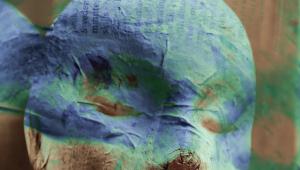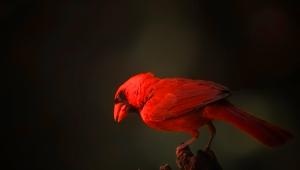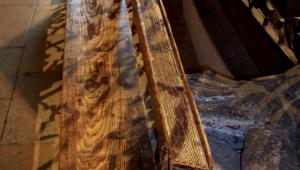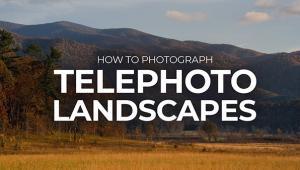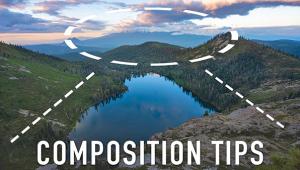I like photos with a twist rather than a simple picture that does not even have any messages that is delivered through it. - Scott Safadi
Silver And Oil
A "Mixed Media" With Archival Qualities
All Photos © 2004, Jack Jeffers, All Rights Reserved
After spending more than 30 years documenting the Appalachians and publishing
two books about the region, I retired to Lander, Wyoming, in 1996, to fulfill
a childhood dream of living and working as a western artist. Higher mountains
would mean greater challenges, I thought.
The western landscape provides me with a new dimension to expand my artistic
skills. I am now combining the silver image with transparent oils, a process
more commonly referred to by the layman and photographic world as "tinting."
The western scene, with its never-ending variety of colors and grandeur, is
perfectly suited for this traditional technique that has been around for well
over 100 years.
 |
 |
||
|
|
I use only fiber-based papers and a representative from Marshall's (the
company that produces the photo oils used, distributed by BKA) recently assured
me that the inorganic pigments that make up the oils will last as long as the
silver image. Thus, I create works of art that will more than compete with the
archival qualities of paintings and other two-dimensional media. I feel that
it is my way of leaving something of historical and artistic value behind for
future generations to enjoy.
In art circles, silver and oil would normally be classified as "mixed
media." It is time-consuming and detailed work, and it's necessary
to be a competent printer before you think about painting. The work print must
be made with a painting in mind. For instance, if you want to emphasize the
red areas of a canyon as red you should use a red filter when exposing the negative
to produce a light area on the print that will take the red oil. On golden aspens
a yellow filter helps to lighten the leaves even more than a normal exposure
on PXP film. Usually a slightly lighter print than usual is desirable, but after
a few tests you learn to visualize the final combination of print and oil.
Some decades ago I worked with oil on canvas to develop my own techniques for
applying and layering colors on photographic papers. In addition, I attended
a number of seminars on acrylics and watercolors to broaden my education in
painting. With this background and continued practice, I made the transition
from canvas and watercolor paper to photographic papers quite naturally.
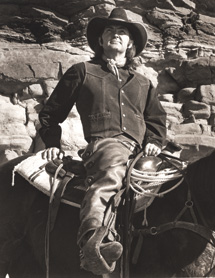 |
 |
||
|
|
- Log in or register to post comments








